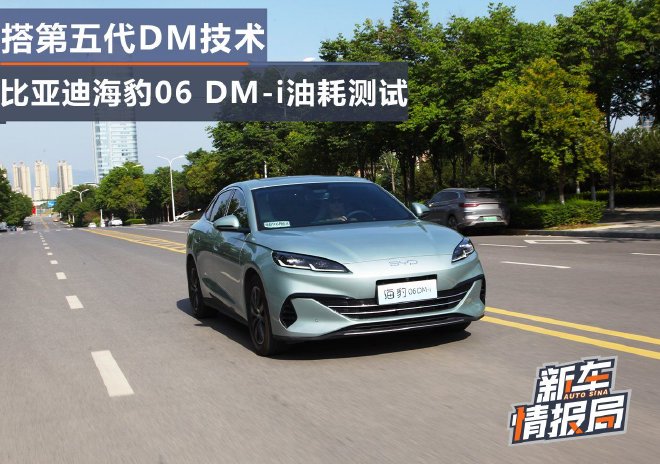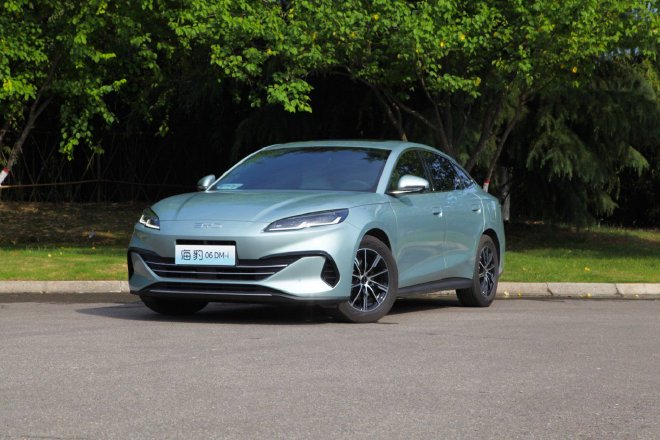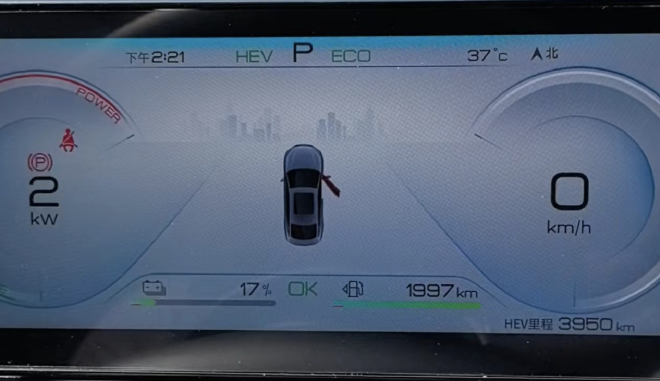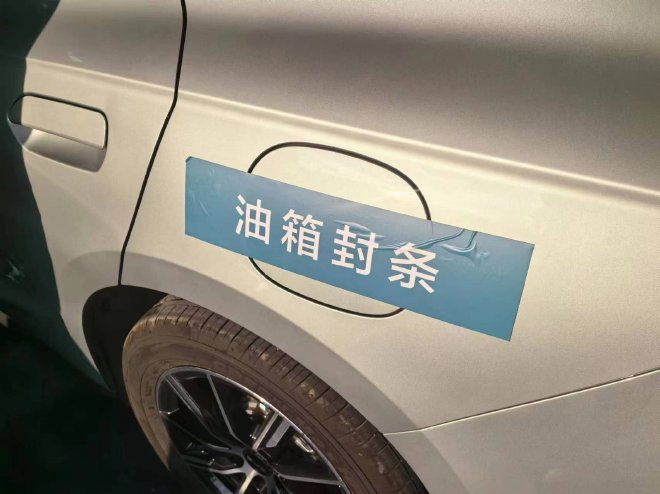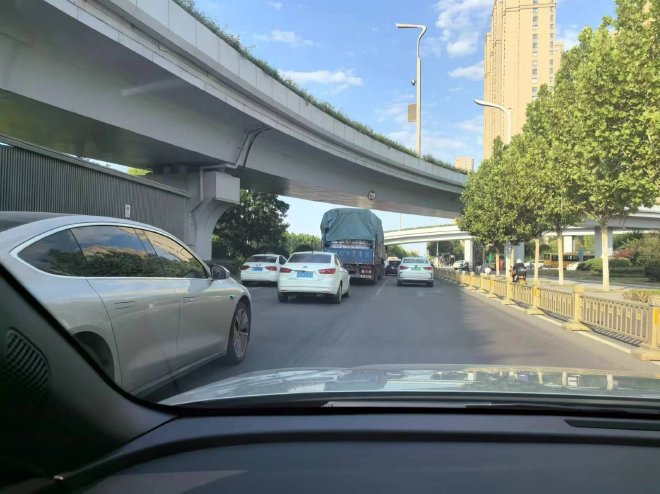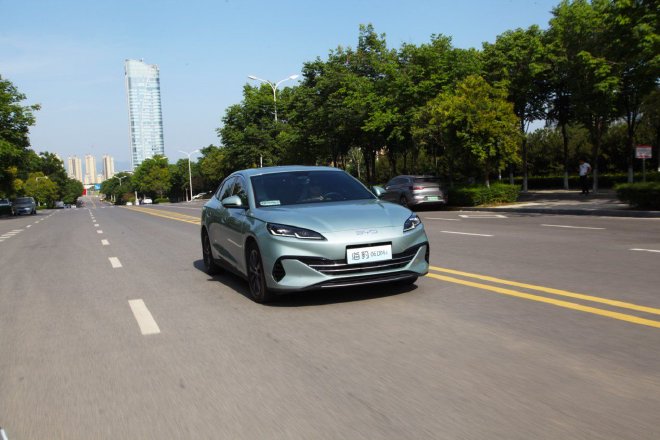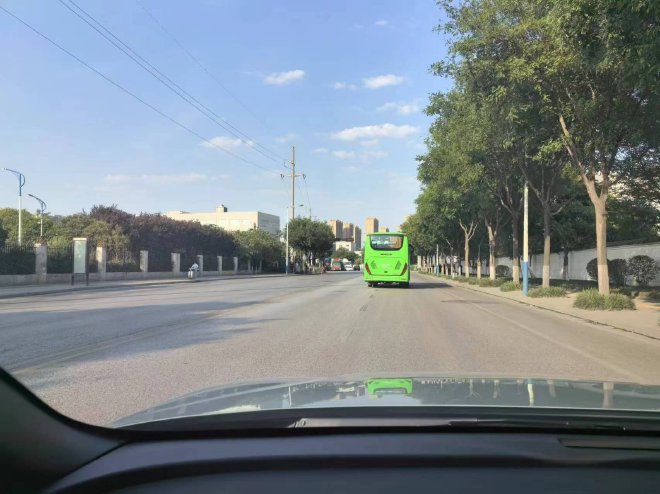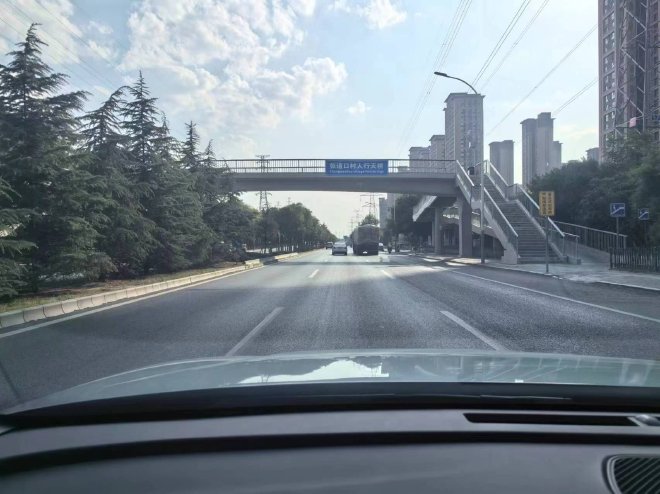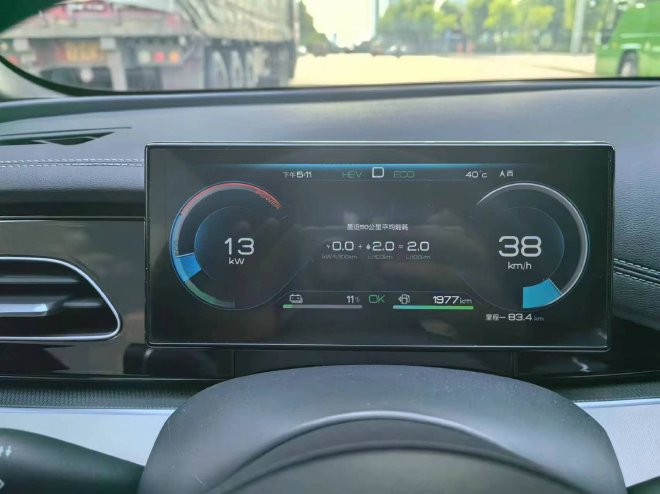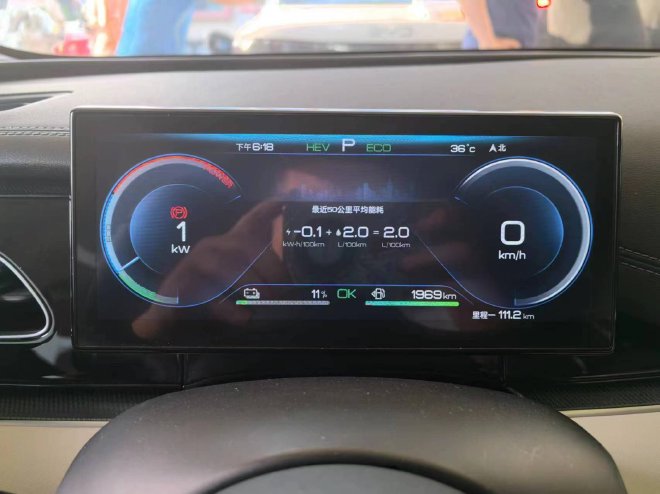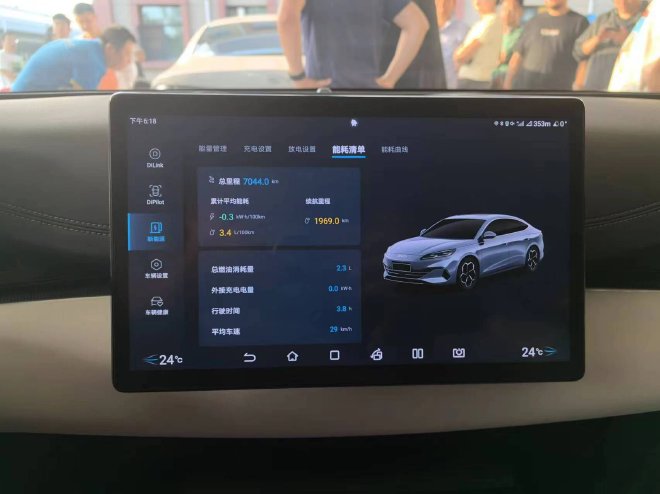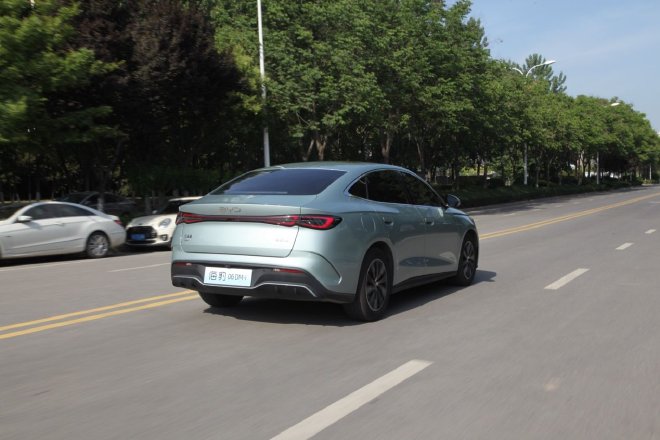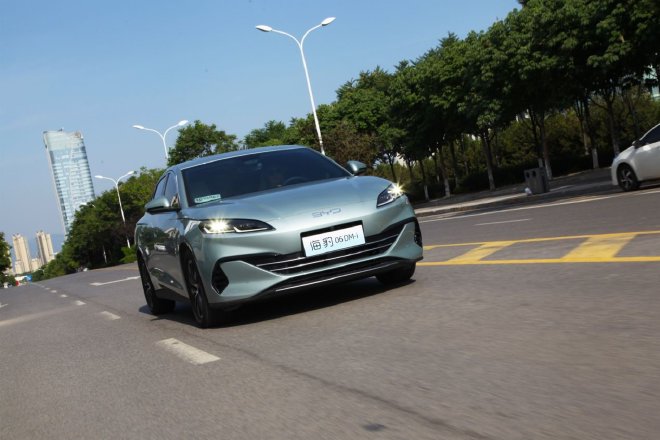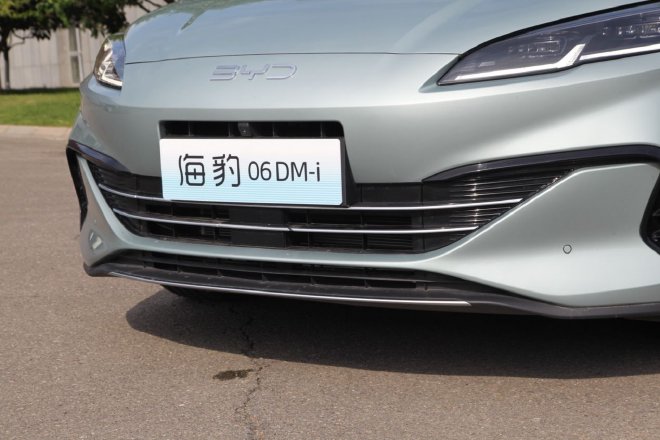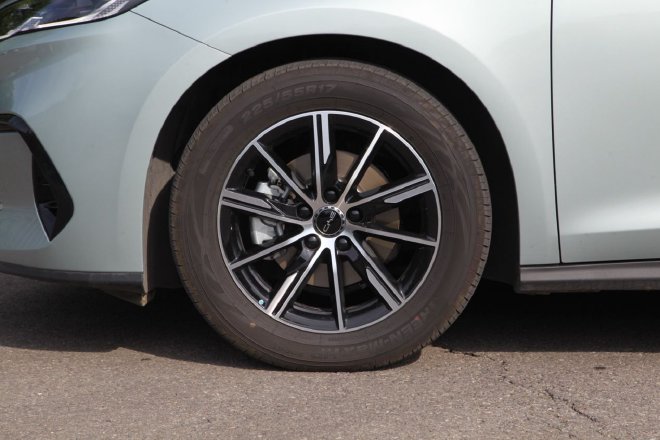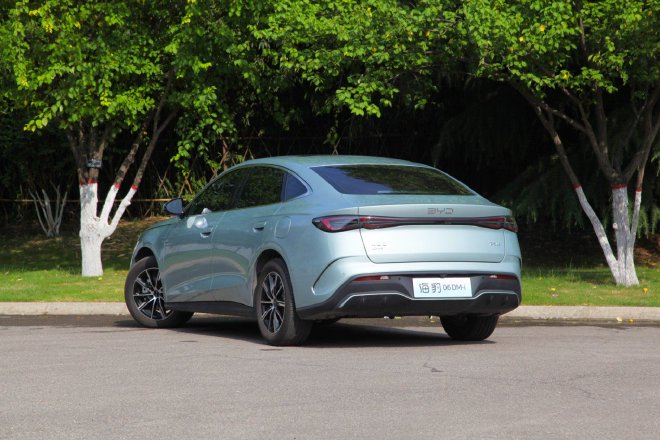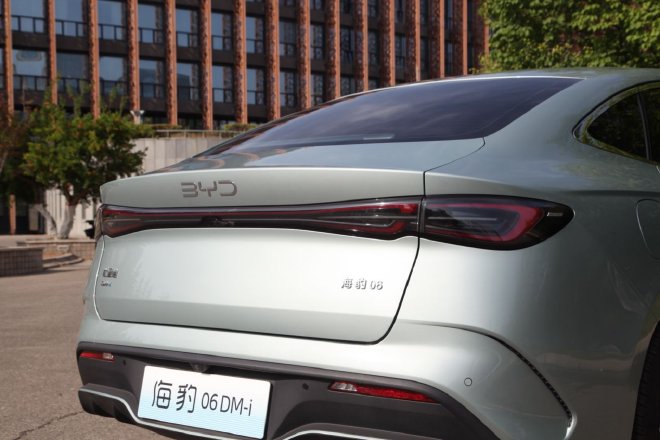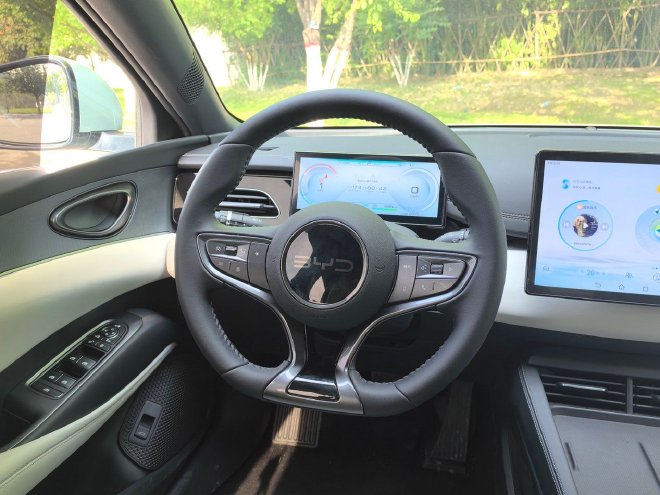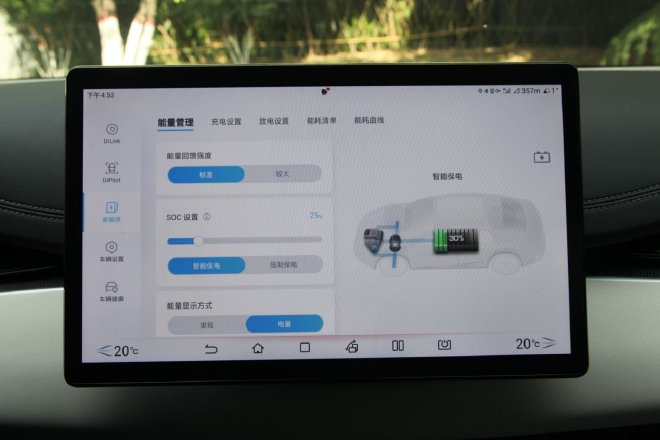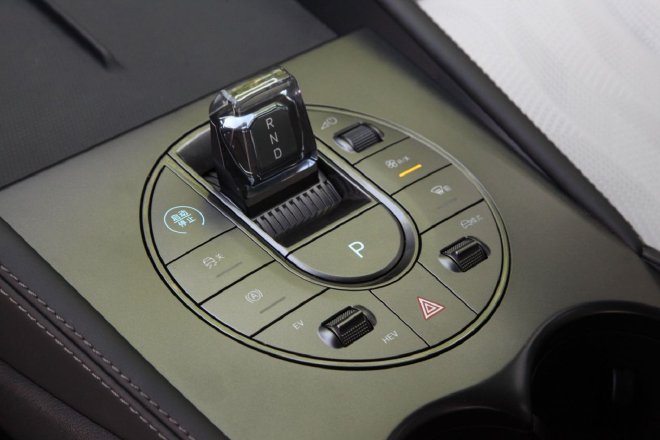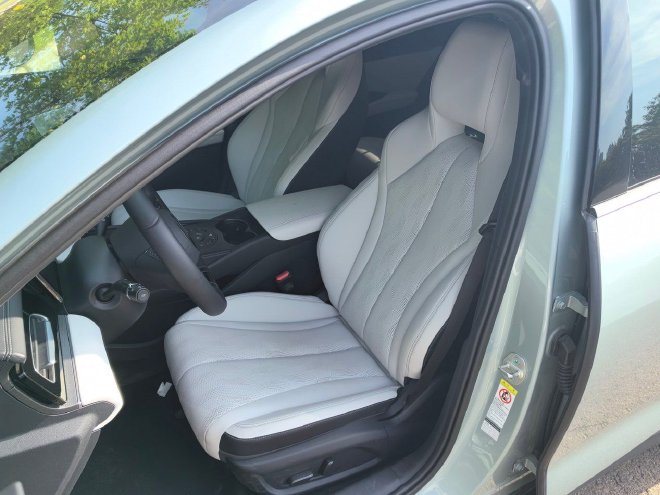With the continuous improvement of hybrid technology, more and more models are competing in fuel consumption and range. As the pioneer of hybrid technology, BYD will not miss such tests. Recently, with the debut of the fifth generation DM technology from BYD, we were fortunate to conduct a fuel consumption test on the BYD Song DM-i model equipped with the fifth generation DM technology. Let’s see how it performs.
This time, we will conduct a fuel consumption test. The remaining battery level when we set off was 17%. The fuel tank is full. The total distance to be covered is approximately 112 kilometers, including city roads, ring roads, rural roads, and national highways. The air conditioning is set to 24 degrees in automatic mode. The vehicle is set to SOC 15% intelligent power protection, ECO mode, and standard regenerative braking.
We will simulate normal driving situations, passing through over 30 traffic lights and facing complex road conditions. At the beginning, we encountered multiple red lights in a row and slight traffic congestion, causing the battery to drop to below 15% quickly. In such cases, the engine will start working, such as during acceleration or uphill driving.
Because we use standard energy recovery mode, it does not affect driving experience too much. We predict intersections in advance through navigation to maximize energy recovery. During the start-up phase, we choose a smoother way to avoid excessive waste of electricity.
After leaving the traffic light section, we maintained a steady speed on the highway, basically around 40-50 km/h. It is important to maintain a stable speed due to the high volume of vehicles here. We found that vehicles can run in pure electric mode until the remaining 10% of the battery, then the engine will start, ensuring the battery and driving quality.
And when we reach the loop stage, the vehicle’s power output will increase, the lanes will also increase to 4, so our overall speed can reach about 80km/h, the engine’s intervention will be more frequent, after all, there will be overtaking or going up and down bridges, at this time the fuel consumption on the instrument panel is also constantly changing, but basically it is maintained at around 2 liters per hundred kilometers.
After reaching the turning point, it was around 5 pm. The evening rush hour was starting, causing a noticeable increase in traffic and periodic congestion, testing both vehicles and our driving habits.
After about 1 hour, we returned to the starting gas station and filled the tank with the same nozzle. For accuracy, we refueled the tank three to four times to avoid air affecting the final result. After waiting for half an hour, we finally refueled with 1.82L of fuel, with 11% remaining battery.
After the final calculation by the staff, our fuel consumption rate per 100 kilometers is 1.79L. We are very satisfied with this excellent result considering the city road conditions and evening rush hour. In addition, three other cars were tested, and their results were also around 2L. It seems that the fifth generation DM technology has indeed controlled fuel consumption to a lower level.
During the testing phase, we experienced the driving feel of the BYD Dolphin 06 DM-i. As a family-oriented sedan, it is indeed very quiet to drive. Both wind and tire noise are well controlled. The sound insulation of the vehicle is also done very well, with the noise from larger vehicles outside being mostly blocked out.
BYD is very good at tuning the chassis. The vehicle’s shock absorption is excellent when driving over bumps or speed bumps. When encountering manhole covers, there is no sudden large bump in the car. The suspension provides good support, effectively reducing the occurrence of vehicle tilt.
In terms of power, the BYD Dolphin 06 DM-i will offer multiple driving modes. After the fuel-saving challenge, we tried other modes. The overall feeling is powerful acceleration and light handling. Whether it’s sport mode or standard mode, the vehicle can output strong power, especially in sport mode. The combined output of gasoline and electricity makes acceleration feel just as good as its competitors in the same class.
Finally, let’s talk about the design of the exterior and interior of this car. The BYD Dolphin 06 DM-i will feature a new marine aesthetic design, with the front end resembling wings spread in flight, creating a happy smiley face with the headlights and front bumper.
The headlights feature a two-tier design with L-shaped LED daytime running lights, creating a layered and stylish look. The closed-off front grille and lower air intake add to the overall modern and cute appearance.
In terms of body size, the new car measures 4830x1875x1495mm with a wheelbase of 2790mm, classified as a midsize sedan. The overall side profile features a more streamlined design, especially the rear end with a sleek shape that appeals to young consumers’ aesthetic preferences.
The car we tested today features 17-inch multi-spoke wheels, giving it a strong three-dimensional look. Paired with 225/55 R17 tires, it enhances driving comfort. The car also has low drag door handle design, reducing drag coefficient while meeting winter needs.
The design of the rear end is stylish, featuring a Chinese knot taillight design with a smoked effect and a recognizable pattern. The “BYD” logo at the rear lights up at night, looking very attractive.
The rear bumper design reflects youthful elements, such as the side vents, which, although decorative, meet the aesthetic needs of young people. The lower part of the bumper features a spoiler design and a decorative strip in the same color as the body to enhance the rear of the car.
The interior design still retains BYD’s traditional style, resembling a soaring eagle. The overall look is comfortable. The combination of multiple colors is youthful, with more soft materials used to enhance the luxury of the vehicle.
The design of the dashboard remains unchanged, retaining the existing style. It displays various driving information such as RPM, vehicle speed, pure electric range, fuel range, fuel consumption, navigation information, driving mode, and driving mode.
The steering wheel features a three-spoke design, resembling a whale’s tail fin. The multifunction buttons on the top are physical buttons, making operation easy and preventing mistakes. The overall feel is great, with a larger black emblem in the middle enhancing the sporty look of the vehicle.
The 15.6-inch central control screen still features a rotatable design and comes with the DiLink smart networking system, with very fast overall processing speed. The UI design of the entire interface remains consistent with existing models, supporting mobile connectivity, online entertainment, voice interaction, OTA upgrades, and meeting our daily needs.
The design of the central passage has been optimized, integrating more functions in the circular area, including electronic gear shifting, one-key start, driving mode switching, driving mode switching, air conditioning switch, volume selection, etc.操作起来还是非常顺手的,并且稍加熟悉后即可实现盲操作。
The front seats are comfortable and supportive, with a one-piece design that provides good lumbar support. The white seats are made of high-quality, skin-friendly materials.
The rear space is sufficient, the seat cushion is thick, and the length is guaranteed, not feeling tired even after long rides. The backrest angle cannot be adjusted, but the ergonomic design of the entire seat is in place, and the rear seats are equipped with three headrests. Summary: BYD Dolphin 06 DM-i will be equipped with the fifth generation DM technology. As a pioneer and practitioner of hybrid technology, BYD has always had far more technical accumulation in the field of hybrids than others. This model with the fifth generation technology also shows its superior support from the perspective of fuel consumption. So, how do you feel about BYD, which is constantly evolving?
